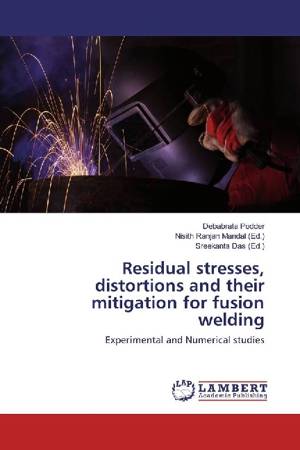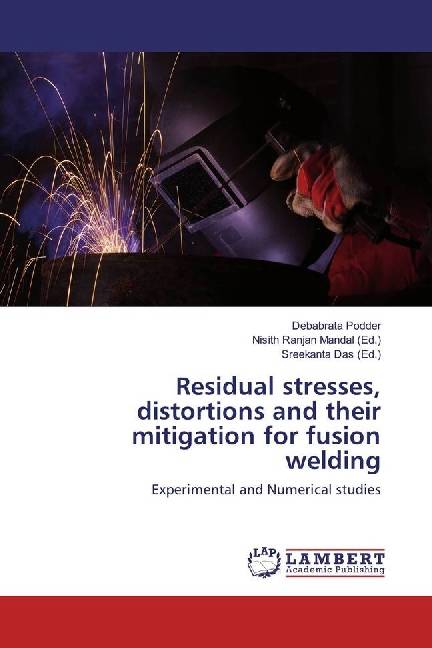
Door een staking bij bpost kan je online bestelling op dit moment iets langer onderweg zijn dan voorzien. Dringend iets nodig? Onze winkels ontvangen jou met open armen!
- Afhalen na 1 uur in een winkel met voorraad
- Gratis thuislevering in België vanaf € 30
- Ruim aanbod met 7 miljoen producten
Door een staking bij bpost kan je online bestelling op dit moment iets langer onderweg zijn dan voorzien. Dringend iets nodig? Onze winkels ontvangen jou met open armen!
- Afhalen na 1 uur in een winkel met voorraad
- Gratis thuislevering in België vanaf € 30
- Ruim aanbod met 7 miljoen producten
Zoeken
Residual stresses, distortions and their mitigation for fusion welding
Experimental and Numerical studies
Debabrata Podder
Paperback | Engels
€ 68,95
+ 137 punten
Omschrijving
The objective of the book is to study the thermo-mechanical behavior of the fusion welding procedure in the shipbuilding industry. Here, a new way of generalized heat source model using the regression equations was developed for the Submerged Arc Welding (SAW) which can be replicated for other welding procedures as well. The effect of welding interruptions on the residual stress was carried out in this book and thereafter, it was co-related with preheat phenomenon. An elastic method was developed based on various welding forces.This was further extended to an elastic transient welding force method. Four large orthogonal stiffened panels were welded by using GMAW to study the effect of welding sequences.Finally, to reduce the welding induced buckling distortion, an in process distortion control method called Thermo Mechanical Tensioning (TMT) was introduced, which was extensively experimented both in laboratory and in full scale in Shipyard. This TMT procedure was also numerically investigated to understand the residual stress development during the process.
Specificaties
Betrokkenen
- Auteur(s):
- Uitgeverij:
Inhoud
- Aantal bladzijden:
- 220
- Taal:
- Engels
Eigenschappen
- Productcode (EAN):
- 9783659942136
- Uitvoering:
- Paperback
- Afmetingen:
- 150 mm x 220 mm

Alleen bij Standaard Boekhandel
+ 137 punten op je klantenkaart van Standaard Boekhandel
Beoordelingen
We publiceren alleen reviews die voldoen aan de voorwaarden voor reviews. Bekijk onze voorwaarden voor reviews.











